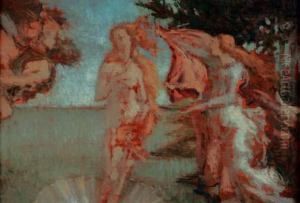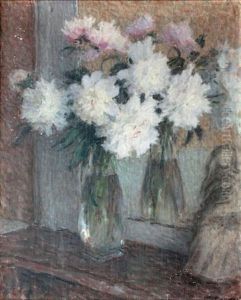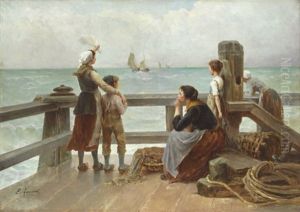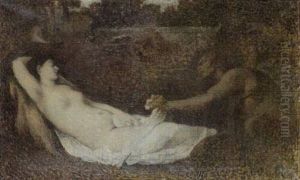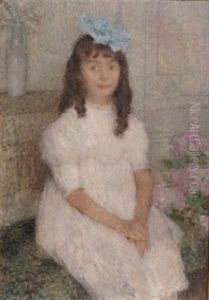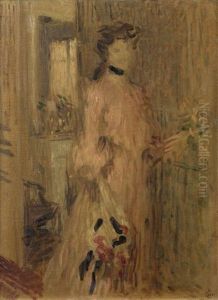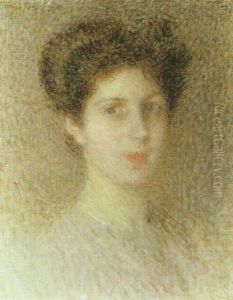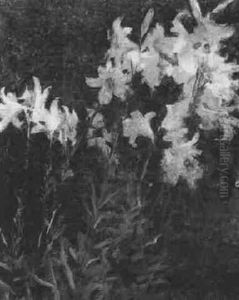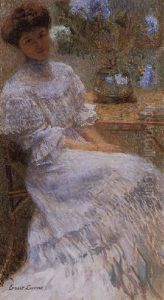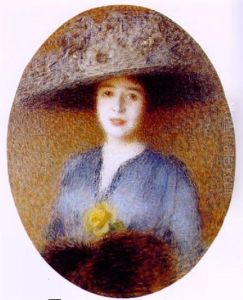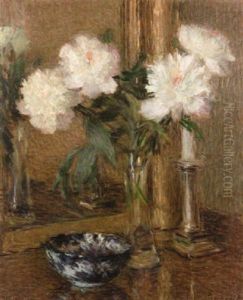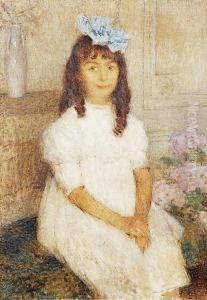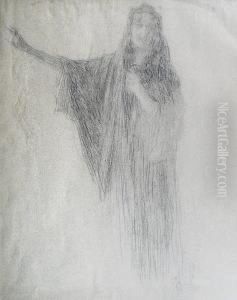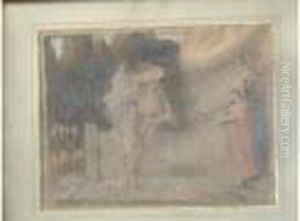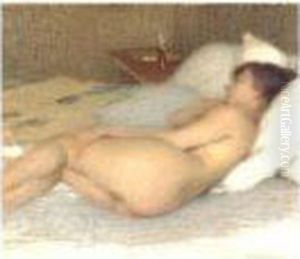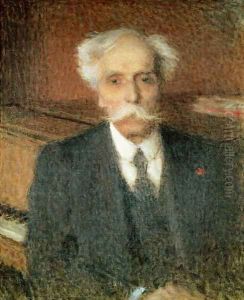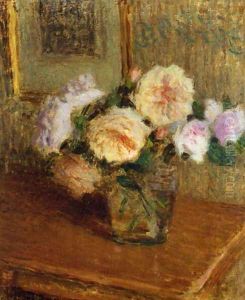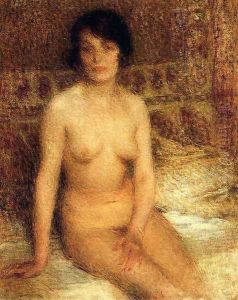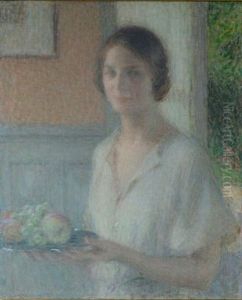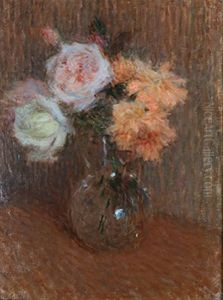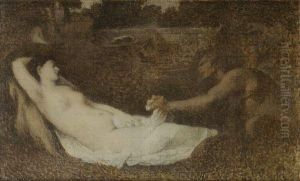Ernest Joseph Laurent Paintings
Ernest Joseph Laurent was a French painter and printmaker, born on June 8, 1859, in Gentilly, a suburb of Paris, France. He is recognized for his contributions to the Symbolist movement as well as his involvement with the Nabis, a group of Post-Impressionist avant-garde artists. Laurent began his artistic education at the École des Beaux-Arts in Paris, where he studied under luminaries such as William-Adolphe Bouguereau and Tony Robert-Fleury.
Laurent's early works were heavily influenced by the academic style of his teachers, focusing on classical themes and demonstrating a mastery of form and technique. However, as his career progressed, Laurent's style evolved, reflecting the broader changes occurring in the art world during the late 19th century. He began to experiment with lighter color palettes, looser brushstrokes, and a focus on capturing the effects of light, which were characteristic of the emerging Impressionist style.
By the 1890s, Laurent had become associated with the Symbolists, who sought to express ideas and emotions through symbolic imagery and sophisticated themes. His work from this period often depicted ethereal female figures, serene landscapes, and was imbued with a sense of mysticism and spirituality. These themes resonated with the Nabis, who were similarly interested in exploring the symbolic and poetic potential of art. Laurent's association with the Nabis was partly through his friendship with fellow artist Maurice Denis, who was a central figure in the group.
Throughout his life, Laurent's work received critical acclaim, and he was awarded several honors, including a silver medal at the 1889 Universal Exposition in Paris. He also served as a professor at the École des Beaux-Arts, influencing a new generation of artists with his teachings.
Ernest Joseph Laurent continued to paint until his death on June 25, 1929, in Bièvres, France. His legacy is that of a transitional figure, bridging the gap between the academic traditions of the 19th century and the more modern, symbolist, and post-impressionist movements that would come to define the early 20th century. His works are held in numerous public collections, including the Musée d'Orsay in Paris and the Metropolitan Museum of Art in New York.
